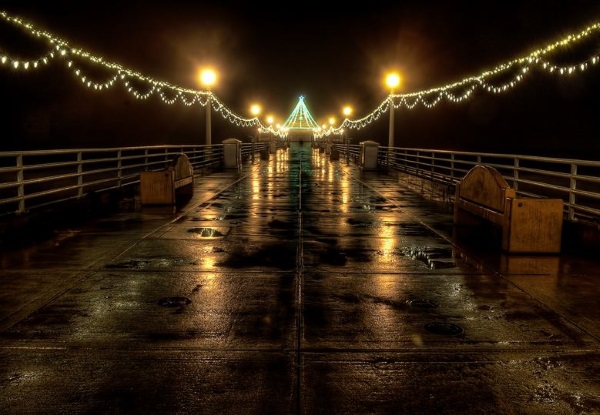Capturing rain via photograph can produce a beautiful picture. The photograph taken in the right conditions using the right technique can produce the desired effect where photography is concerned. Here are some tips to help you photograph rain at night.
Protecting the equipment
Protecting the equipment is extremely important. Below are simple ways to protect the equipment.
- There are weather camera bags out there that can protect the equipment from becoming damaged. Since people spend thousands on their camera, a modest investment in camera equipment is recommended if photographing in the rain. They range is $40-200 for these bags.
- When setting up the camera, some people choose to attach their monopod directly to the umbrella if manually holding the camera for shooting. The umbrella can be held in place using a superclamp.
- Whenever changing lenses, one should always change the lens outside of the rain in order to protect the internal components. If covering the lens is not an option, one can always point the camera toward he ground while changing the lenses.
4. A lens hood can divert water away from the lens in addition to protecting it if it mistakenly drops while being handled in the rain.
Techniques and tips for better pictures
Using the right approach can affect the outcome of the photographs as well. When shooting photographs in the rain, these tips may create a better picture. Here are some tips to get a better picture of the rain.
- Experimenting with shutter speeds can improve the outcome of the picture. Slower shutter speeds result in less defined raindrops. For a blurring effect, rain should be shot at 1/125 sec. For added clarity, 1/1000 sec creates great photos.
- Take advantage of ISO settings. ISO settings at 800 or above should be selected if there is limited light. If shooting in bright conditions ISO settings of at least 400 are recommended for shooting in the rain.
- To provide a temporary freezing effect, one can use the flash settings.
- Keep light sources in mind when photographing the rain. Consider the sunset and opportunities to capitalize off of natural light sources in order to showcase the raindrops if shooting later during the evening.
In addition to following the tips above to shoot rain, using a monopod or tripod can keep the camera steady while shooting. There is no one best approach to shooting rain. Some people prefer to shoot with a tripod while others don’t. Some people prefer freezing effect while others prefer a slightly blurred effect. Choose what methods works for you but keep your equipment safe at all times.
 EN
EN IT
IT 


 ES
ES DE
DE FR
FR NL
NL